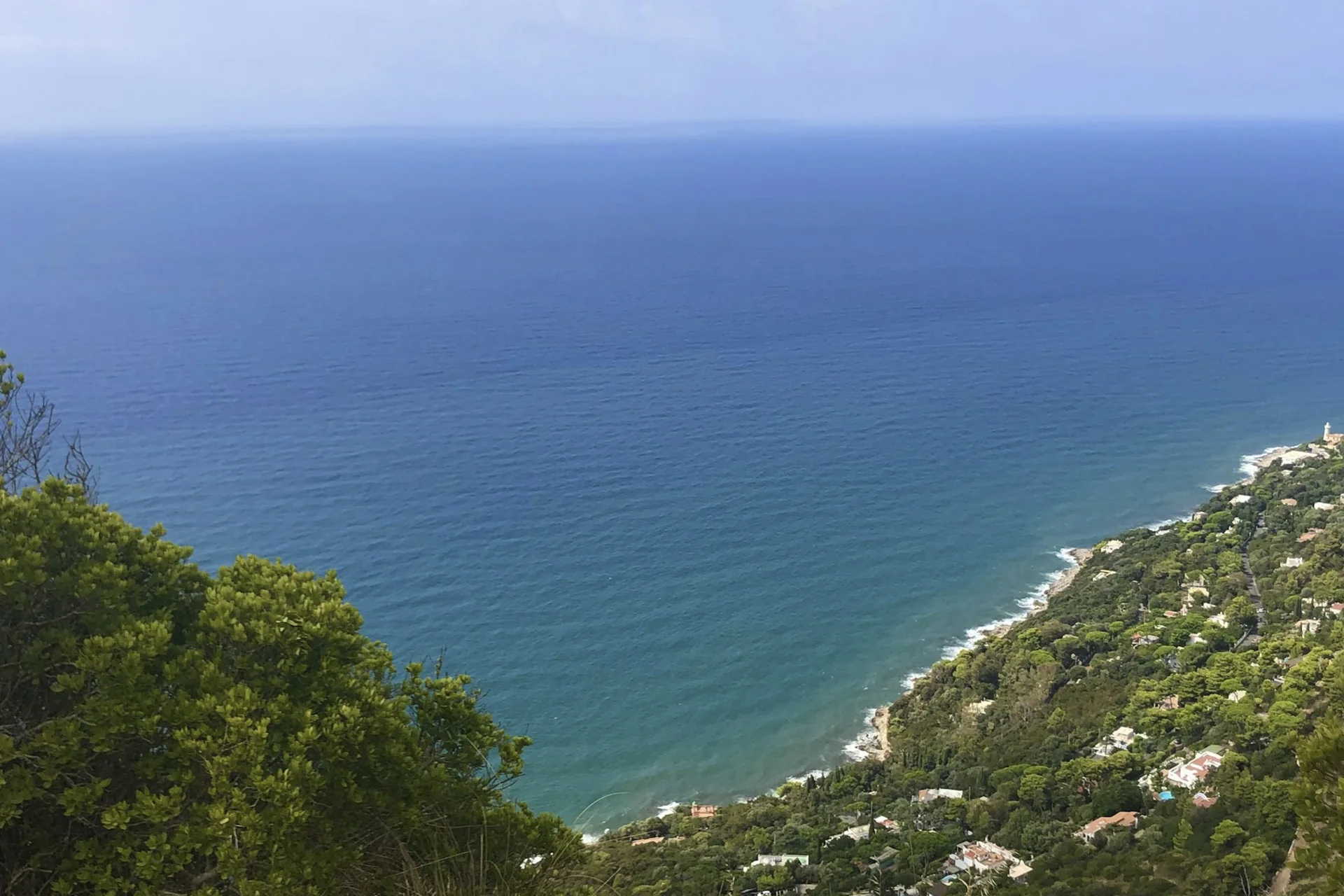
LATITUDE
LONGITUDE
APPELATIONS
Circeo DOC, situated along the Lazio coast in Italy, is a historic wine region renowned for its diverse terroir, characterized by volcanic and sandy soils, as well as a Mediterranean climate. It produces a variety of wines, including whites, rosés, and reds, primarily from indigenous Malvasia and Trebbiano grape families, alongside introduced varieties like Merlot and Sangiovese. The area’s rich history, mythological ties, and proximity to the Circeo National Park contribute to its unique character. Emphasizing sustainability and traditional winemaking, Circeo DOC offers vibrant, food-friendly wines that reflect both its ancient roots and modern innovation.
This guide explores Circeo DOC’s geography, rich history, unique terroir, key grape varieties by color and origin, diverse wine styles and production methods, ideal food pairings, wine tourism highlights, standout wineries, and local sustainability efforts, offering a comprehensive overview of this distinctive Lazio wine region.
Circeo DOC is situated in the southernmost coastal area of Lazio, facing the Tyrrhenian Sea, stretching from just east of Latina to the beaches of Terracina. It encompasses the municipalities of Latina, Sabaudia, San Felice Circeo, and Terracina in the province of Latina. This area is part of a recognized wine-producing zone, officially designated as Circeo DOC, with defined boundaries and historical significance in viticulture.
Historically, a marshland spanning nearly 80,000 hectares (approx. 200,000 acres) was reclaimed during the Fascist era in the 1930s, enabling viticulture to thrive once more. Since ancient times, Circeo has been renowned for its wines, which were supplied to Rome’s nobility and inns.
*Note: Vineyard hectares are modest compared to Lazio’s larger subregions.
**Altitude varies markedly from coastal plains (~50 m) up to hills above 900 m, influencing microclimates.
This blend of sea proximity, volcanic heritage, and gently rolling terrain lends Circeo DOC its distinctive wine profiles, balancing freshness with complexity.
Circeo's legacy is steeped in myth and history. Legend says the sorceress Circe, whom Homer immortalized in The Odyssey, made her home at the Circeo promontory, casting spells over Odysseus’ men. Archaeological caves nearby bear testimony to Neanderthal habitation, linking the land’s human history back tens of thousands of years. Mount Circeo stands 541 meters (1,775 ft) high and offers panoramic views and hiking trails.
Viticulture in Circeo dates back to Roman times, when its wines graced the tables of nobility. After the empire’s fall, marshland encroached and vineyards vanished until the 20th-century reclamation project revived the land. Immigrants from northern Italy introduced new grape varieties and winemaking traditions, such as Merlot and Sangiovese, blending seamlessly with local grapes to weave a modern renaissance rooted in tradition.
New grape varieties, including Merlot and Sangiovese, were introduced to the region during the fascist period.

Vineyard Hectares
WINERIES
GROWING DEGREE DAYS
Circeo DOC lies along Lazio’s sunlit Tyrrhenian coast, characterized by sandy beaches, rolling hills, and the striking Monte Circeo limestone promontory. The area transitions from coastal plains to elevated terraces that reach up to 915 meters (≈3,000 feet), offering a diverse range of microclimates.
Mild Mediterranean with warm, windy summers tempered by sea breezes and cool winters. The long growing season (thanks to moderate temperatures and a balance of sun and cooling winds) encourages gradual ripening, which preserves acidity while developing flavour depth.
A mix of sandy soils near the coast and volcanic, mineral-rich soils inland (linked to nearby Colli Albani and Monti Sabatini volcanic groups). These soils provide excellent drainage and an array of minerals, such as potassium, that lend the wines a mineral-driven aromatic profile, making them intriguingly complex despite the seemingly fertile, humus-rich nature of some plots. Lazio boasts advantageous soil and climate conditions for vine cultivation, particularly in the Castelli Romani region.
Circeo DOC produces a range of wine styles that showcase this terroir’s versatility, including red, rosé, and white wines. Both Rosso and Rosato wines in Circeo DOC are also available as Riserva. Trebbiano refers to a group of grapes that yield both dry white wines and sweet dessert wines. Trebbiano Toscano is valued in blends for its acidity and is a key component in Tuscany's Vin Santo wines, highlighting its adaptability and importance in Italian winemaking. Trebbiano wines are often blended, leading to variability in characteristics and quality, which adds to their intrigue and diversity.
Winemaking Techniques:
Visitors to Circeo DOC can enjoy a blend of rich history, natural beauty, and viticultural exploration. The park was established in 1934 to preserve the remaining Pontine Marshes and is one of Italy's oldest national parks. Circeo National Park in Lazio is also a UNESCO Biosphere Reserve known for its biodiversity and the legend of Circe. The wetlands and lakes in the park are excellent spots for birdwatching, hosting a diverse array of bird species.
Pairing the sensory pleasures of wine with these experiences turns any trip into a memorable odyssey.
Founded by the Pandolfo family, Cantina Sant'Andrea is the flagship winery of Circeo DOC, embodying dedication to terroir and innovation. Their vineyards on sandy soils near Terracina and Sabaudia produce:
Their modern approach, which includes precise vineyard management and a combination of row and trellis training systems, yields wines that are lively yet complex, suitable for aging yet accessible at a young age.
Cantina Sant'Andrea not only elevates local grape varieties but also acts as a cultural ambassador for the region’s heritage and potential.
With its proximity to the Circeo National Park, the region places strong emphasis on environmental stewardship. The park features a diverse range of ecosystems, including a mountainous promontory, coastal dunes, lowland forest, and wetlands with four lakes. Selva di Circe Forest is the largest lowland forest in Italy, home to holm oaks, oaks, and a large population of fallow deer. The park is home to various animals, including wild boar, hares, foxes, deer, and different species of birds of prey.
The park features four coastal lakes: Fogliano, Monaci, Caprolace, and Paola, which serve as important habitats for migrating birds.
This responsible approach not only safeguards Circeo’s delicate ecosystems but also enhances the authenticity and quality of its wines.